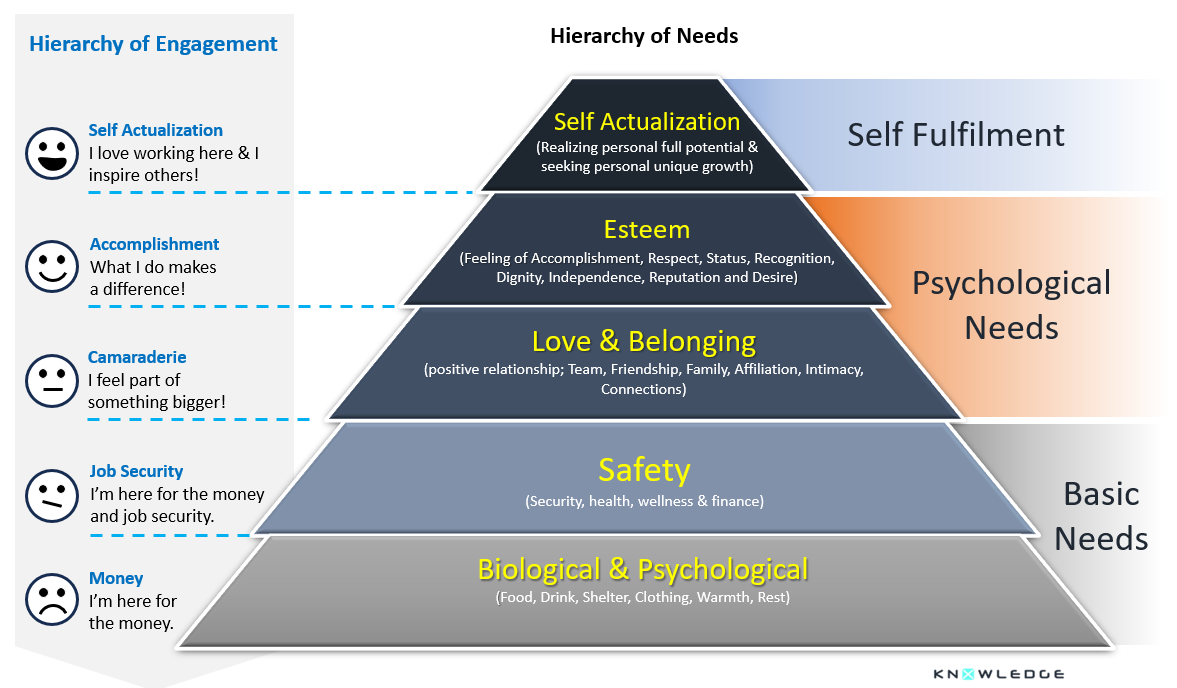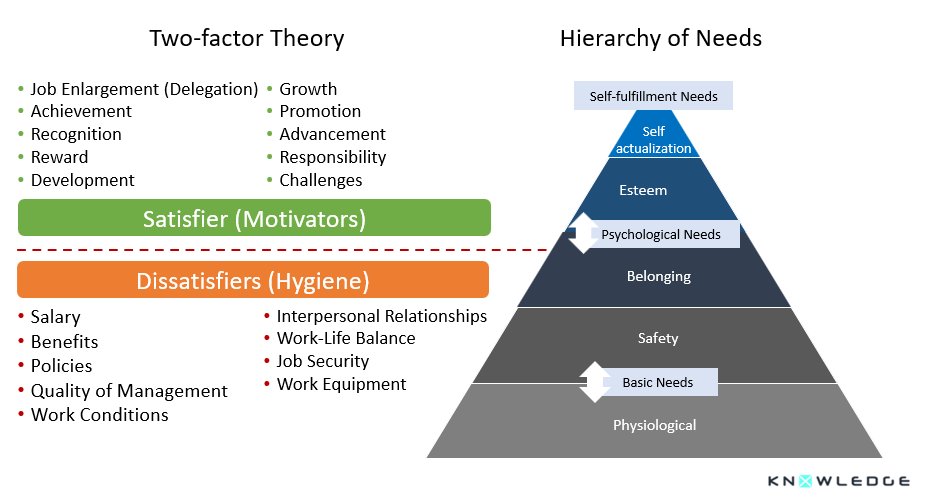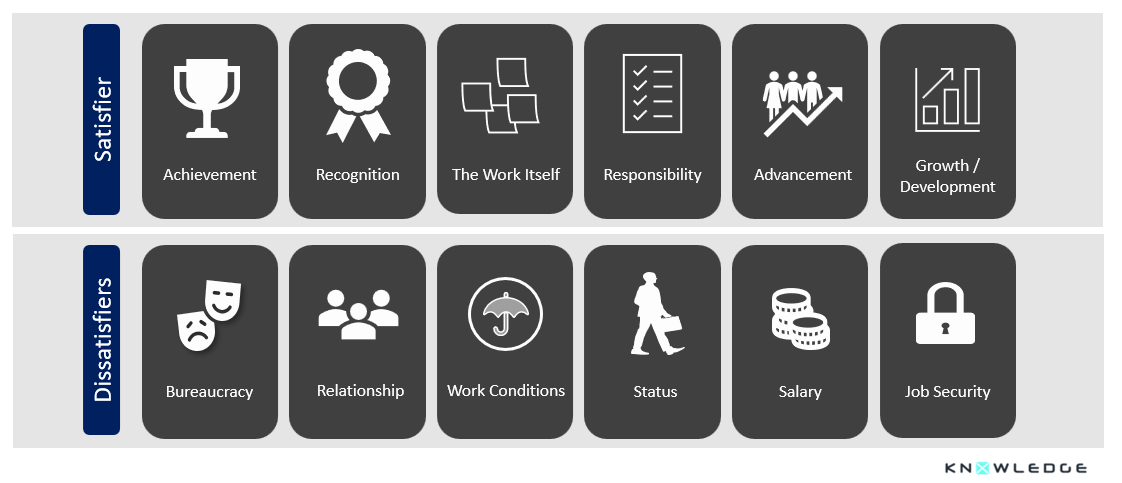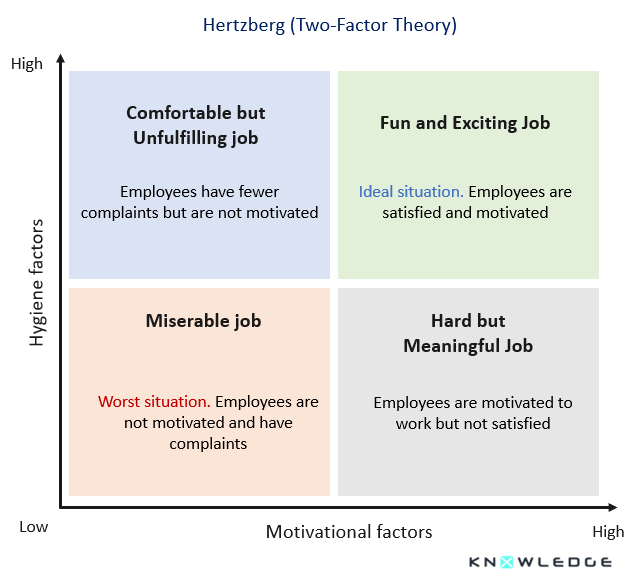Introduction
Employee engagement is a cornerstone of organisational success, driving productivity, innovation, and overall business health. It represents the driving force and energy that employees bring to their work each day. As motivation unlocks the highest potential of talent, engagement scores serve as indicators of an organisation's standing.
Motivated employees are more engaged, happier, and more willing to be creative and innovative. This boosts productivity and helps businesses remain competitive, especially in industries reliant on R&D and the need to meet both business and consumer needs. In today’s market, where disruptive development and innovation are key to success, maintaining a leading position is critical.
Most organisations today rely on off-the-shelf engagement survey system and tools, making the process easier compared to when surveys had to be developed, distributed, collected, and analysed manually. However, a critical question remains: against what criteria are these measures being applied?
In practice, HR leaders still focus heavily on engagement survey results, often mapping them against Maslow’s hierarchy of needs as a reference point.
While Maslow's Hierarchy of Needs has long been a popular framework for understanding human motivation, its application to the modern workplace has been questioned. This article explores whether Maslow's theory remains sufficient reference to measuring engagement in today's business environment and whether engagement alone is a reliable indicator of employee performance.
Maslow's Hierarchy: A Foundation, Not a Ceiling
Maslow's Hierarchy of Needs, introduced in 1943, through the published paper "A Theory of Human Motivation", outlines a sequential progression of human needs: physiological, safety, love/belonging, esteem, and self-actualization. While the theory provides a valuable foundation for understanding human motivation, its limitations become apparent when applied to the complexities of modern work environments. This is largely because Maslow’s research was not based on the science of corporate engagement, but rather on human needs in everyday life contexts.

Beyond Maslow: Hertzberg's Two-Factor Theory
Frederick Herzberg's Two-Factor Theory, developed in the 1950s, took the study further into the business context. His research, based on interviews with engineers, accountants, and managers, led to the development of a more nuanced perspective of motivation.
Herzberg argued that job satisfaction and dissatisfaction arise from distinct factors, rather than being opposite ends of the same spectrum. He divided these factors into two categories: hygiene factors (dissatisfiers) and motivators (satisfiers).
Hygiene Factors (Dissatisfiers): These factors are essential for preventing job dissatisfaction but do not directly motivate employees. Examples include salary, benefits, policies, working conditions, and job security.
Motivators (Satisfiers): These factors are intrinsic to the job itself and can lead to increased job satisfaction and motivation. Examples include achievement, recognition, responsibility, promotion, and growth.
Herzberg demonstrated that hygiene factors are fundamental to employee’s satisfaction, though they do not motivate on their own. When hygiene factors are not met, even the presence of the motivators is ineffective.
Think of hygiene in its literal sense, like brushing your teeth daily or taking a shower— neglecting these task cause discomfort, but performing them does not drive performance efforts. However, if these hygiene factors remain unaddressed, it can lead to significant issues and illness.
In the workplace, failing to address hygiene factors leads to significant dissatisfaction issues leading to high turnover rates, regardless of the presence of motivators.

Importance and application of Engagement Drivers
While Maslow's and Herzberg's Theories offer valuable insights, a comprehensive approach is needed to measure engagement in today's dynamic business environment. Modern engagement surveys often incorporate a range of "engagement drivers," which align well with Hertzberg Two-Factor Theory due to its corporate engagement relevance. These drivers may include:
Hygiene (Dissatisfiers):
· Interpersonal relationship: the quality of relationships with supervisors, subordinates, and peers, as well as the level of trust, inclusivity, and respect.
· Compensation: Salary, benefits, bonuses, etc.
· Work Conditions: Work-life balance, flexibility, environment, workspace, equipment, safety, etc.
· Bureaucracy: Clarity and rigidity of policies, systems, processes, and procedures. Aspects of equality and inclusion.
· Status: Role clarity, communications, autonomy, freedom of expression and diversity.
· Job Security: The sense of belonging and job security, as well as feelings of appreciation and respect.
Motivators (Satisfiers):
Achievement, Recognition, and Growth: including opportunities advancement, development, and recognition efforts such as achievements reward and praising.

Engagement and Performance: A Complex Relationship
While engagement is a critical factor influencing employee performance, it is not the only determinant. High motivation or engagement does not necessarily translate into an indicator of improved job performance. Factors such as individual skills, knowledge, and abilities, also play crucial roles.
Neither Maslow’s nor Herzberg’s theories, nor those that followed, focused extensively on the relationship between motivation and individual performance.
It is essential for organisations to develop comprehensive performance management framework that assess both employee contributions (inputs) and outcomes (outputs).
Conclusion
Maslow's Hierarchy of Needs remains a valuable framework for understanding human motivation, but it has limitations in the context of the modern workplace. Herzberg's Two-Factor Theory, with the emphasis on engagement drivers, provides a more comprehensive perspective. However, neither theory fully addresses the relationship between motivation and performance.
HR and management must recognise that introducing motivating factors (satisfiers), such as recognition and reward systems, talent development opportunities, and career advancement, without first addressing hygiene factors is often a wasted effort. Without a strong foundation of hygiene factors like fair compensation, job security, and good working conditions, motivational efforts will fail to have a lasting impact.
It is also important to understand that employees who are promoters (highly engaged) are not necessarily high performers in the workplace, and detractors (less engaged employees) are not always inefficient or expendable. These are simply lagging indicators that should prompt further investigation into the root causes of dissatisfaction, allowing organisations to address them effectively. Additionally, they serve as a measure of how successful motivators are, highlighting areas where they can be strengthened and built upon.

By understanding the factors that drive engagement and implementing robust performance management tools, organisations can create workplaces that foster employee satisfaction, motivation, and ultimately, business success.



Comments
No Comments added, be the first...